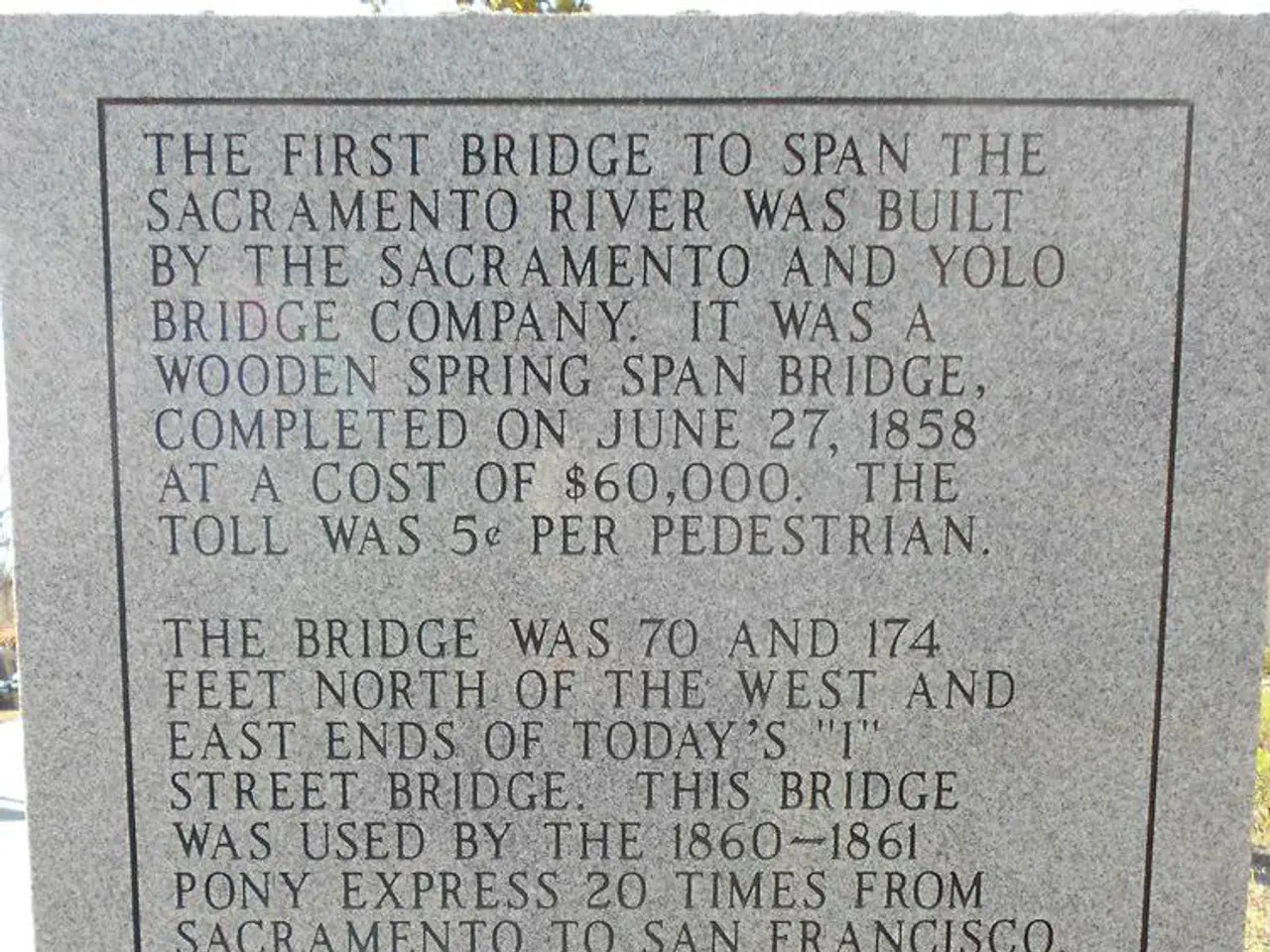AI regulations in Europe may transform labor safeguards into a strategic advantage.
In the rapidly evolving world of Artificial Intelligence (AI), Europe is at the forefront of the global AI revolution. According to a recent study, one in four jobs globally are at risk of being transformed by AI, making it crucial for the continent to tread carefully as it embraces this technology.
Volodymyr Kubytskyi, the head of AI at MacPaw, argues that AI disrupts traditional work processes, and the real question is whether work processes can be redesigned before they collapse. His sentiment is shared by Jorge Rieto, the CEO of big data and AI consultancy Dataco, who emphasises the need for careful analysis to decipher which work tasks should be offloaded to AI.
As AI integration continues to reshape jobs, labor unions in Europe are playing a pivotal role. Unions are advocating for worker protections, emphasising the need for upskilling, reskilling, and social dialogue on AI’s impact at workplaces. Kubytskyi from MacPaw described the pushback from unions and workers' organisations as "understandable".
The EU's regulatory landscape for AI job displacement is primarily shaped by the EU AI Act, which came into force on August 2, 2025. This Act introduces comprehensive rules for the use of AI, including in HR and employment contexts. The Act sets obligations for providers of general-purpose AI models but initially imposes no special duties on AI users themselves.
However, the regulatory framework specifically addressing AI-driven job displacement remains under development and somewhat fragmented across member states. Some countries have started national AI-related laws, complicating cross-border coherence and raising concerns about legal fragmentation and regulatory overhead, which could inhibit innovation and complicate labor market adjustments.
Kris Jones, who leads the engineering team in Belfast for iVerify, believes the AI Act's risk-based framework already strikes a delicate balance between protecting fundamental rights and giving innovators room to breathe. Jones from iVerify also believes that companies should embed responsible AI, bias checks, explainability, and human oversight loops into each product cycle to transform the AI Act from a compliance hurdle into a market differentiator.
Europe faces a significant shortage of skilled workers, making the need for balanced AI integration even more pressing. One idea floating around among executives is an 'AI token' tax, which would enable governments to generate revenue from AI usage and redistribute funds through measures such as reskilling programs or support for affected industries.
The EU's labour laws and regulations could lead to an AI future that benefits both workers and businesses. Europe's stringent regulations can become a premium brand for banks, healthtechs, and any sector that values trust and data privacy. However, Roman Eloshvili, founder of ComplyControl, believes amendments are necessary to the AI Act to address its shortcomings on socio-economic impact, especially on jobs.
Eloshvili from ComplyControl said that European robust worker protections and active unions present both a safeguard and challenges for AI integration. The current regulatory landscape for AI job displacement in Europe is still evolving, with significant legal and policy work ahead to harmonise protections, avoid fragmentation, and ensure that AI-driven transitions in the labor market are managed equitably across Europe.
Mahesh Raja, CEO of Ness Digital Engineering, highlighted how the initial cost of AI implementation is much higher than anticipated for small- and medium-size businesses. Despite these challenges, the future of AI in Europe looks promising, with a balance being struck between innovation and worker protections. As the continent navigates this new frontier, the focus remains on creating a future where AI benefits all, without leaving anyone behind.
[1] EU AI Act: https://ec.europa.eu/info/law/better-regulation/have-your-say/initiatives/12528-Artificial-Intelligence-Act [2] Delays and debates in EU AI Act enforcement: https://www.reuters.com/business/eu-ai-act-enforcement-delays-debates-raise-alarm-2022-05-19/ [3] Fragmentation of AI regulations across Europe: https://www.bloomberg.com/news/articles/2022-05-20/europe-s-ai-regulations-are-fragmented-raising-alarm-among-investors [4] Legal concerns about cross-border AI use in Europe: https://www.computerweekly.com/news/252497576/European-AI-regulation-could-inhibit-innovation-and-complicate-labor-market-adjustments [5] The role of labor unions in shaping the AI future: https://www.bloombergquint.com/onweb/european-unions-are-pushing-for-worker-protections-as-ai-advances-reshape-jobs#gs.rk3o72
Technology is a crucial factor in the ongoing AI revolution, as it underpins the transformation of work processes. The EU AI Act, launched on August 2, 2025, aims to regulate the use of AI, including in HR and employment contexts, thereby shaping the technology's impact on jobs. However, the implementation of this Act and other AI-related regulations across Europe remains fragmented, raising concerns about regulatory overhead and its potential impact on innovation and labor market adjustments.




